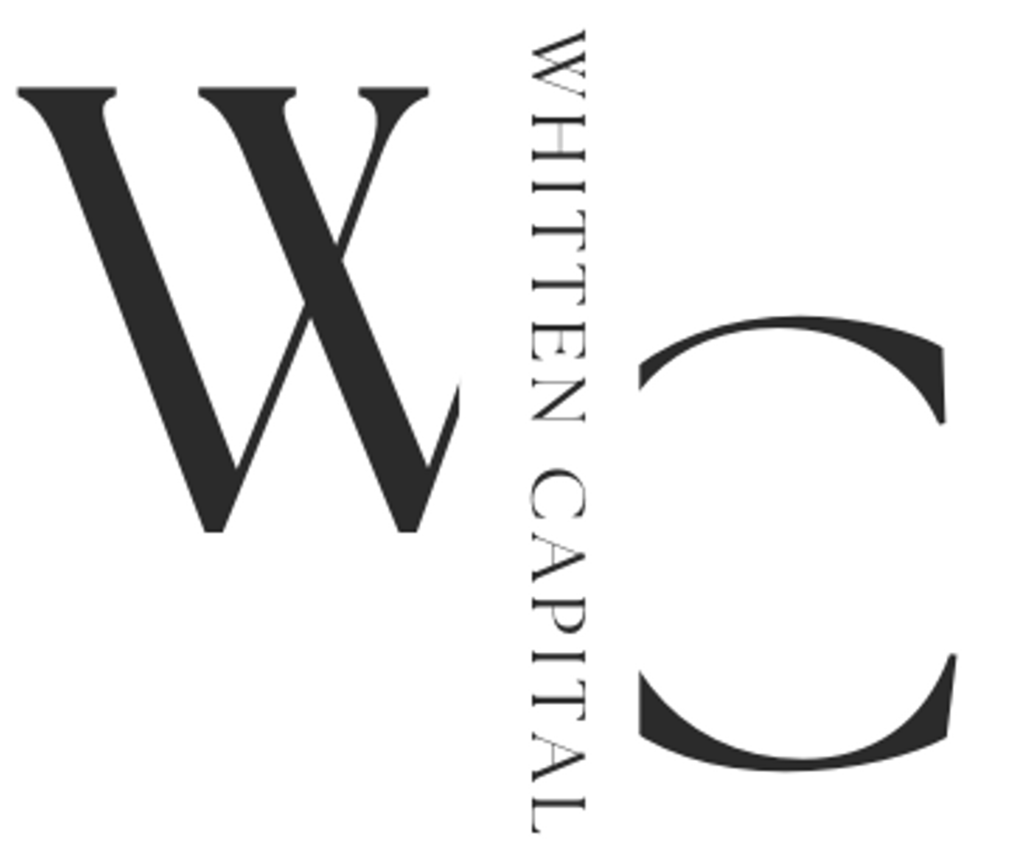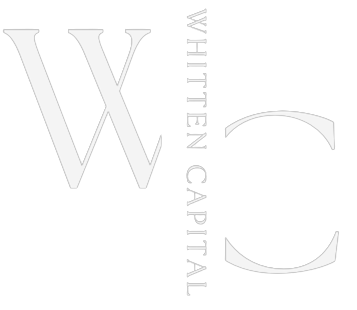US Economy: Stockpiling growth.
In Q4 2021, the US economy expanded at a 6.9 percent annualized rate, ending the strongest year since 1984. Around 70% of the increase in Q4 growth (+4.9%) was due to a buildup in private sector inventories, with the remainder coming from consumer spending and exports. Retail sales declined (-1.9 percent) in December, weighed down by rising costs and the lingering pandemic.
US Stocks: Value shines.
US shares gave back some of last year’s massive gains, as investors became concerned about valuations, increasing interest rates, and accelerating inflation. With that backdrop, value-oriented energy and financials sectors fared much better than growth-oriented technology and consumer discretionary sectors, which may struggle in that scenario.
Foreign Stocks: Diversifiers.
Over the last many years, international equities have struggled to diversify US equity risk, but that was not the case in January. Both developed and emerging market stocks outperformed their US equivalents, owing to more favorable valuations and fewer perceived headwinds from inflation and less accommodative central bank policies.
Fixed Income: Yields jump.
Ten-year US Treasury yields increased to over 1.8 percent (from 1.5 percent). Core inflation for 2021 was 5.8 percent, the highest annual rate since 1982, and the Fed has made it quite clear that it will begin raising interest rates and ending its monthly bond purchases this March. In 2022, futures markets are pricing in up to five Fed rate hikes.
Alternatives: Mixed results.
In a difficult month for most financial assets, returns on hedge funds were rather bond-like overall. Unsurprisingly, equity long/short and other stock-driven strategies that had topped returns during the Covid-19 recovery rally performed worse in Jan. (-3.4%) than relative value strategies (-1.2%), which are less sensitive to market movements.
Our Take
We avoid market forecasting as long-term investors, but we do plan for possible changes in economic and market regimes. We noted in our January Flash Report and Q1 Quarterly Commentary that one of the primary characteristics of a new market regime would likely be increased volatility amid an unabated “pandemic-induced fog,” as the Federal Reserve treads a fine line between containing inflation and harming economic growth. It’s unsurprising that Wall Street estimates for 2022 are so inconsistent.
While the markets have had a rocky start to 2022 (the S&P 500 was down 5% for the whole month of January), it’s critical to remember that market corrections are not uncommon, particularly following a great 2021 and a three-year return of 90% on the S&P 500. (2019-2021). Our objective is to ensure that each client is on pace to meet their financial and life goals, and we continue to rely on diversification methods to accomplish this. Diversifiers such as fixed income, real assets, and hedge funds in Aldwin Callen’s portfolios contributed to mitigate stock volatility to varied degrees in January. While diversity may appear tedious, it is effective.
Looking ahead, volatility may very well be here to stay, as factors such as the labor force, supply chain, and consumer spending all contribute to the “stickiness” of elevated inflation. Simultaneously, we are beginning to notice indicators of deterioration in the US economy. And this increases the likelihood of a significant Fed policy error: If the Fed raises interest rates too quickly or too aggressively in 2022 to combat inflation, economic growth may suffer, if not fall. As a result, all eyes remain on the Federal Reserve. While concerns in late 2021 were that the Fed would not do enough to combat inflation, concerns now are that the Fed will do too much. This is a typical day in the life of a central banker.
What We’re Doing
Portfolio rebalancing appeared to be prudent heading into 2022, and even if equity markets have done some rebalancing of their own, cutting overweight equity positions in portfolios to their strategic targets remains a prudent exercise today. Despite the 2021 run up, we continue to consider real assets (commodities, infrastructure, and real estate) as favorable given to their compelling values and built-in inflation protection.
Despite their low yields, core fixed income and cash are strong diversifiers and should continue to cushion equities market volatility. That said, as demonstrated by the last month, bonds are not a perfect counterbalance to equity; where feasible, alternative asset classes such as private capital and real estate should be used to meet income requirements and long-term objectives.
In that vein, we continue to seek out unique, frequently less liquid alternative investments that can provide clients with a variety of benefits, including: (1) improved risk-adjusted returns over the course of a market cycle; (2) increased income; and (3) the potential for non-financial returns/impact.



